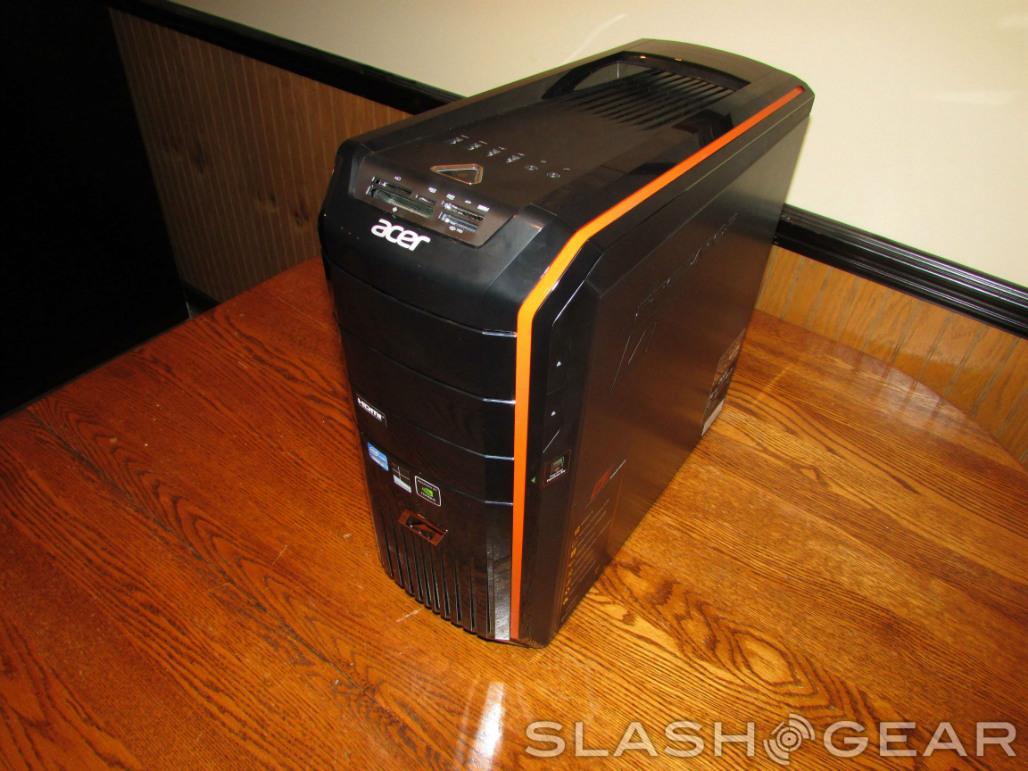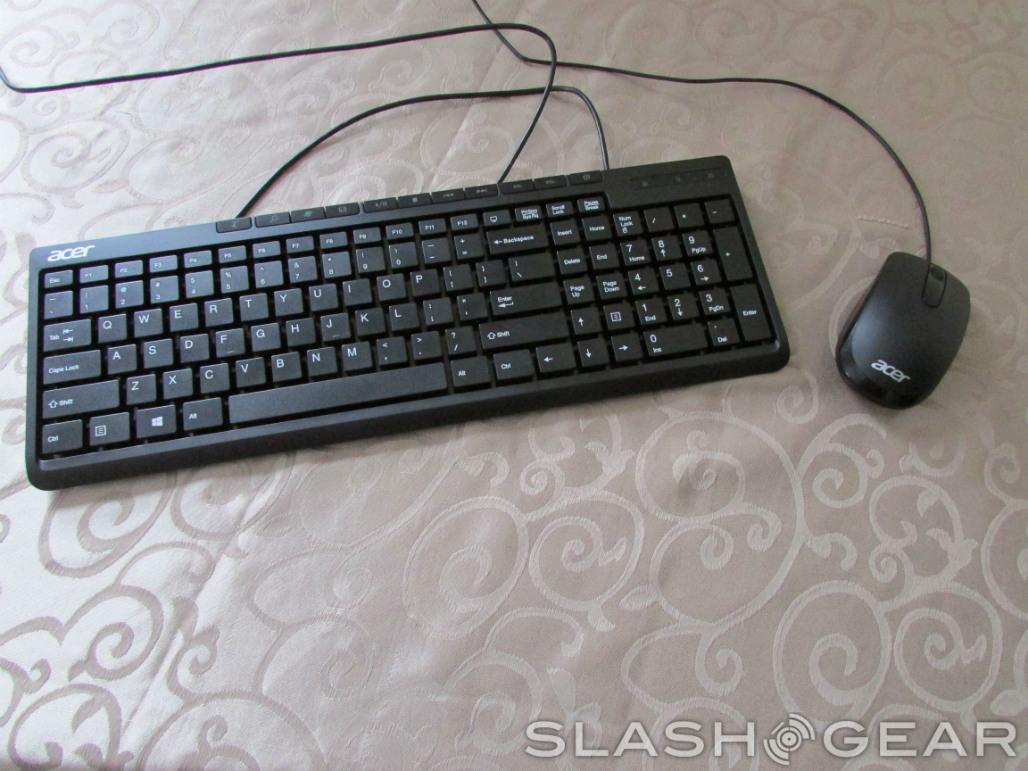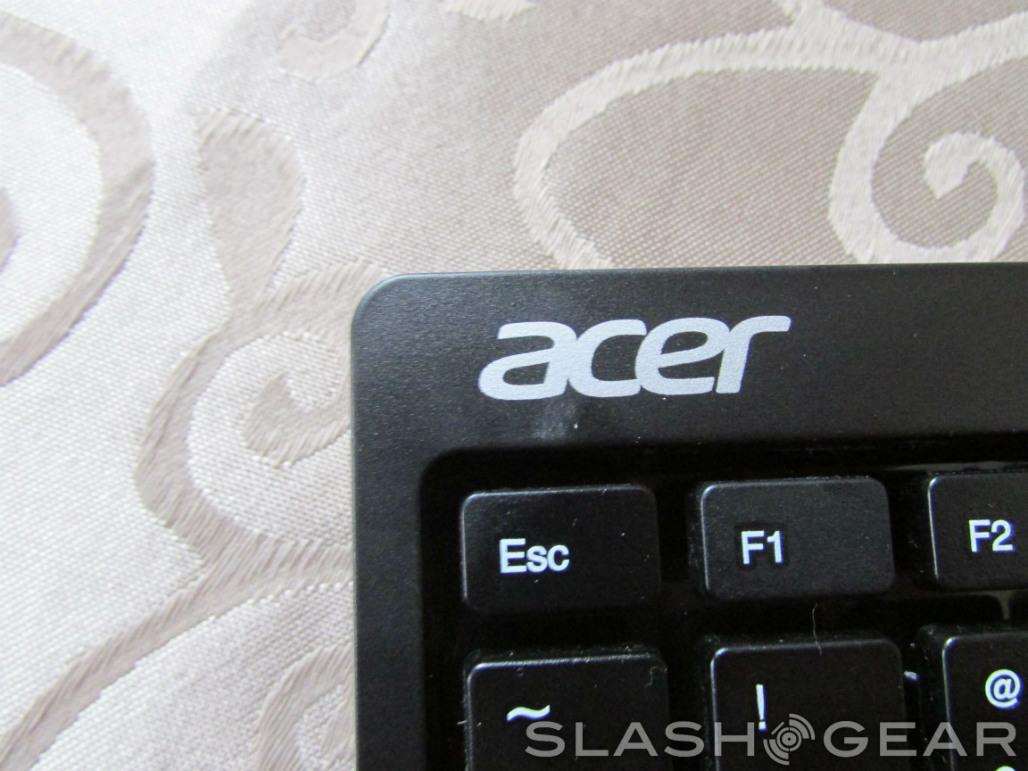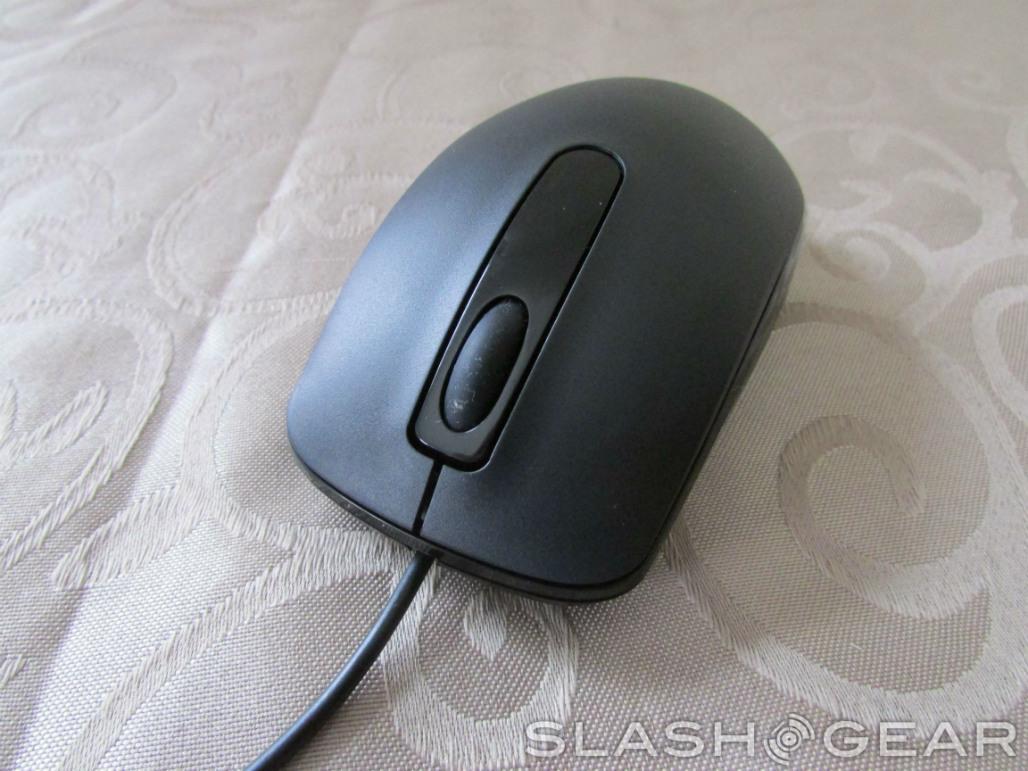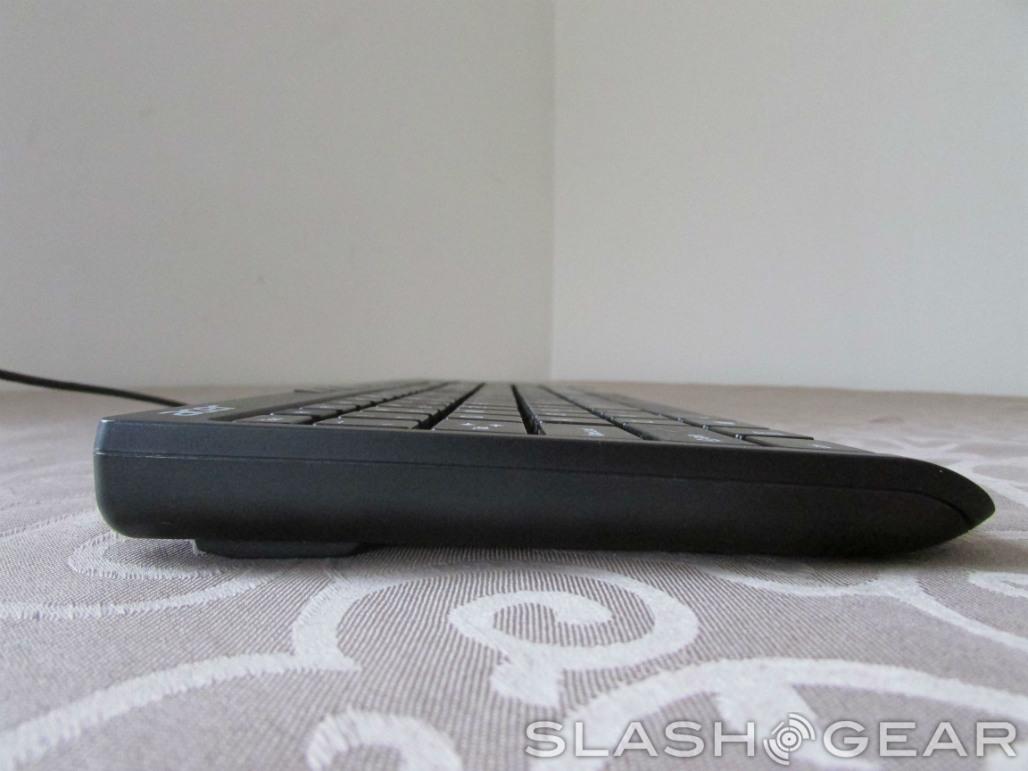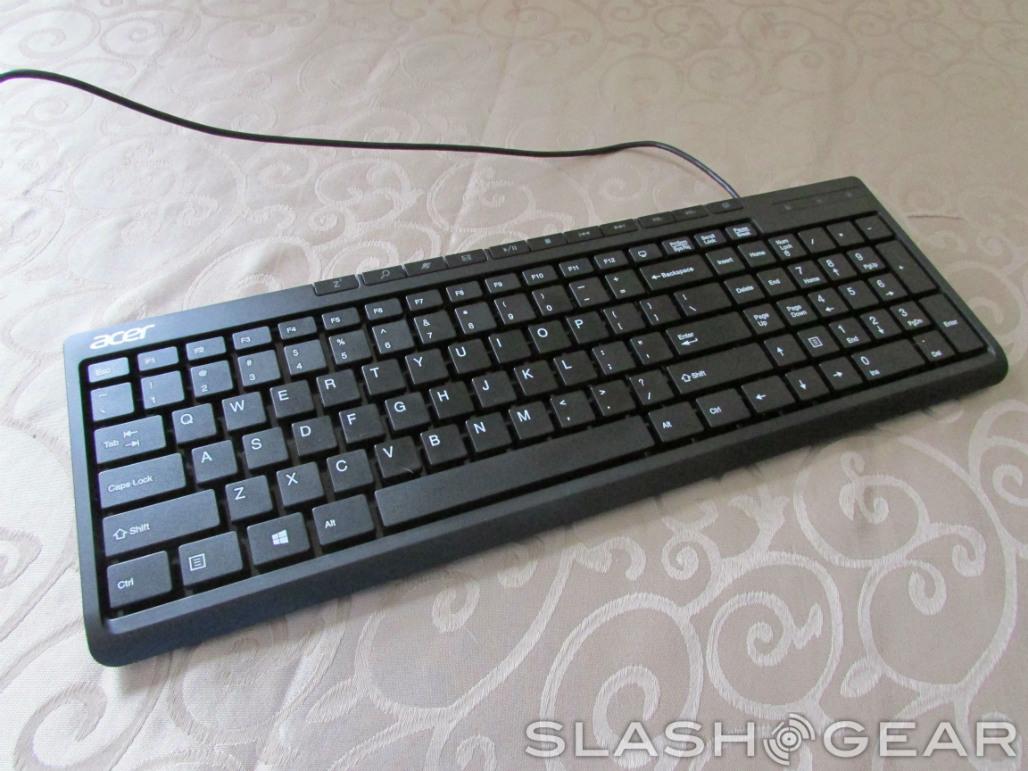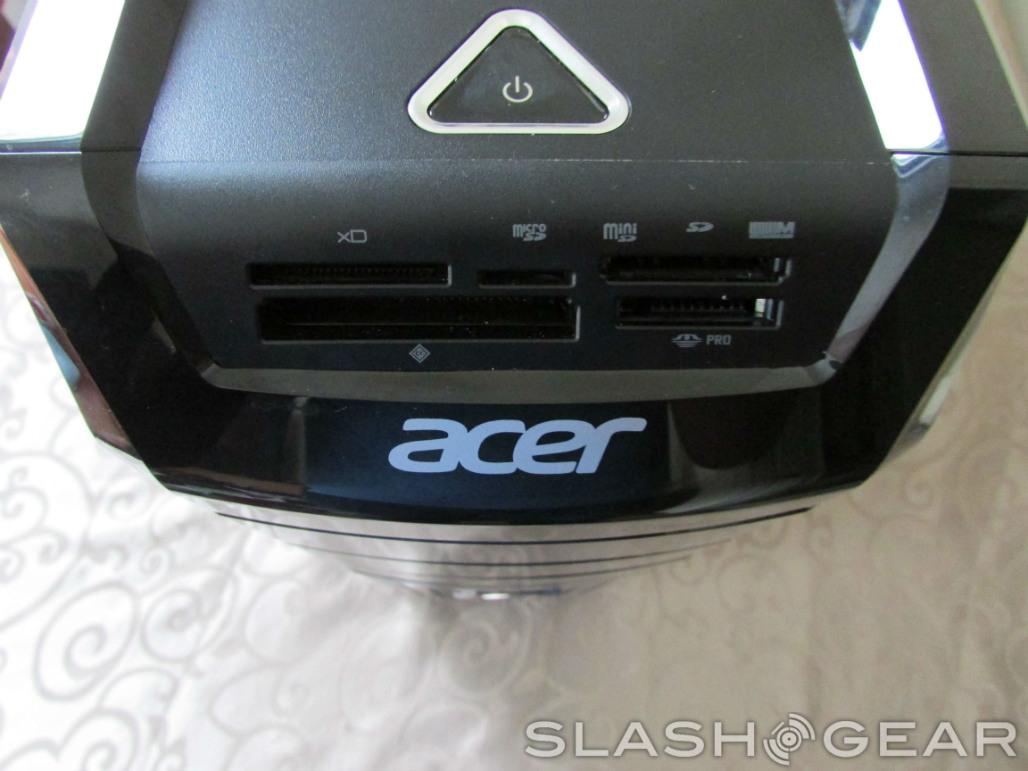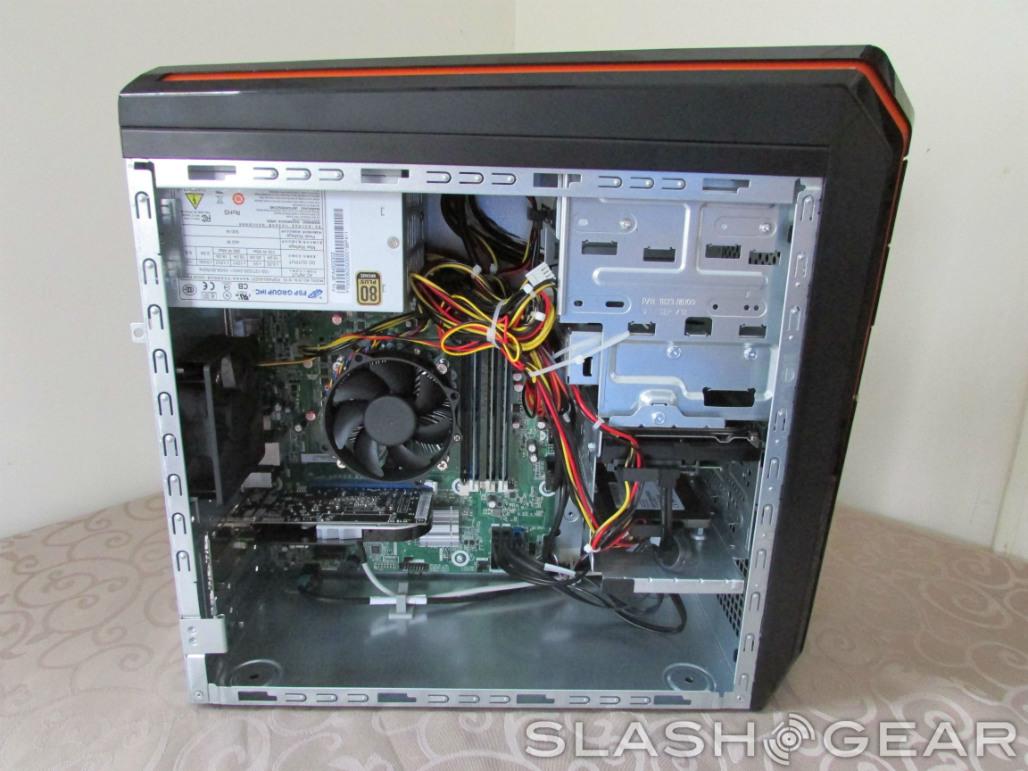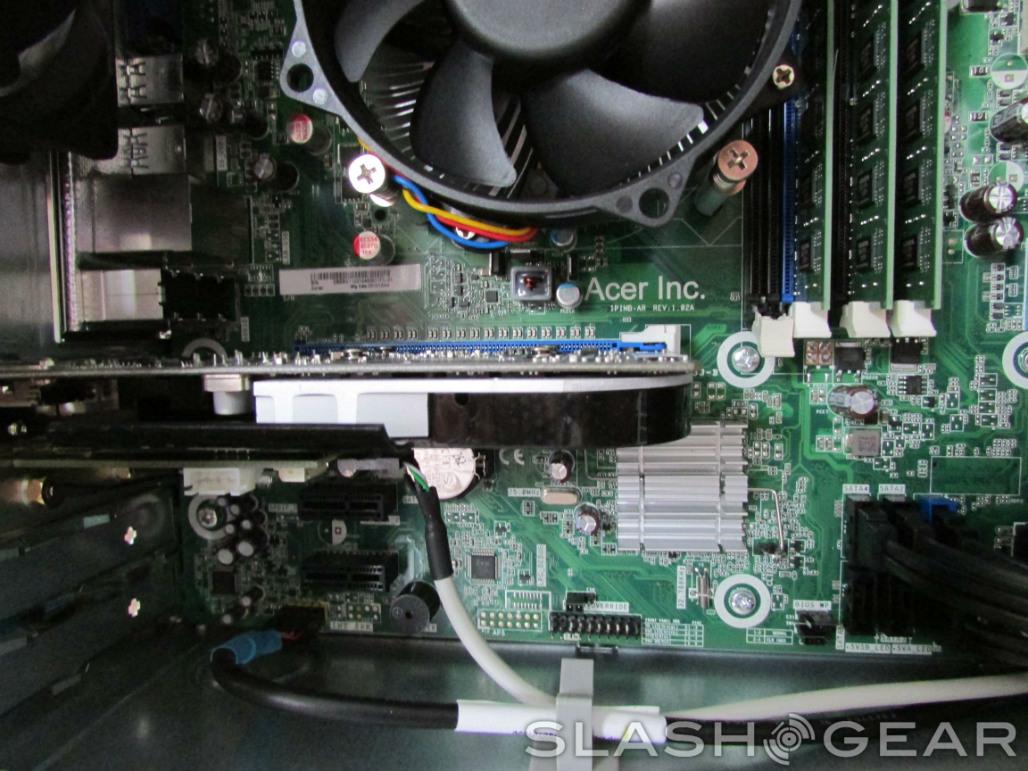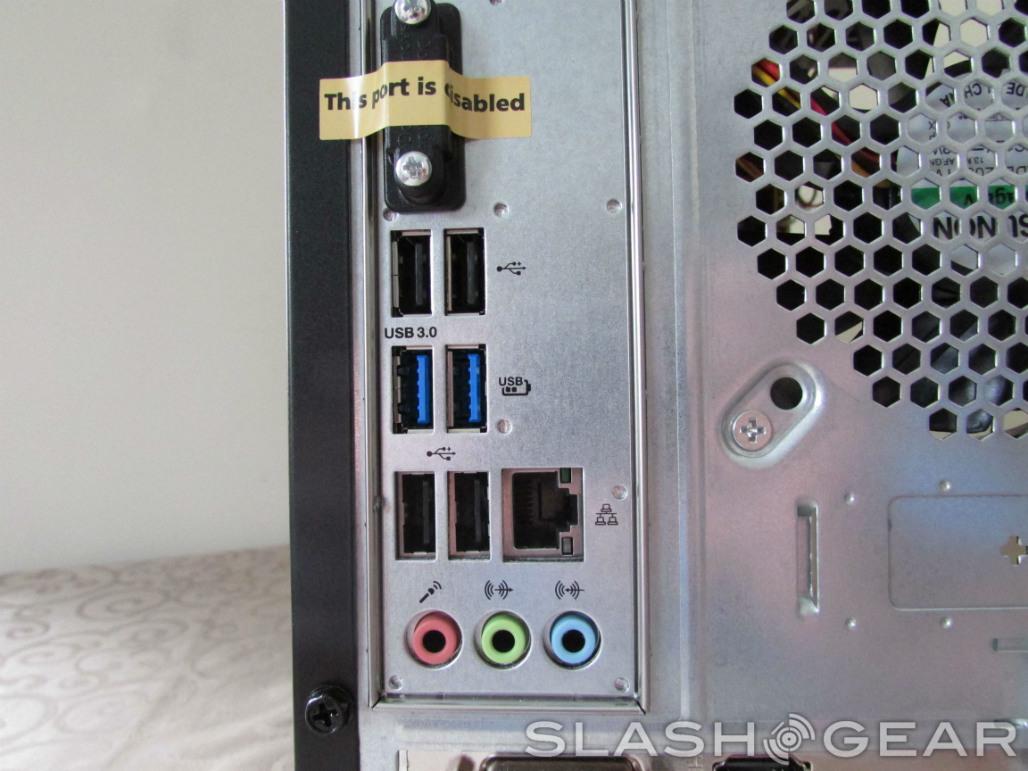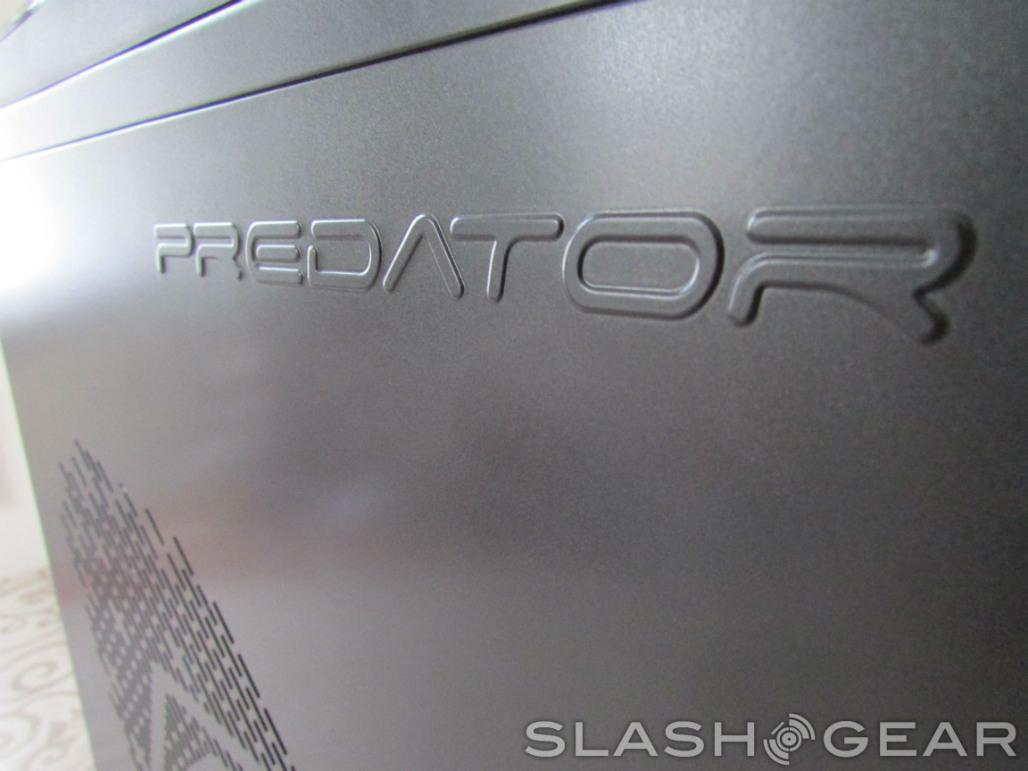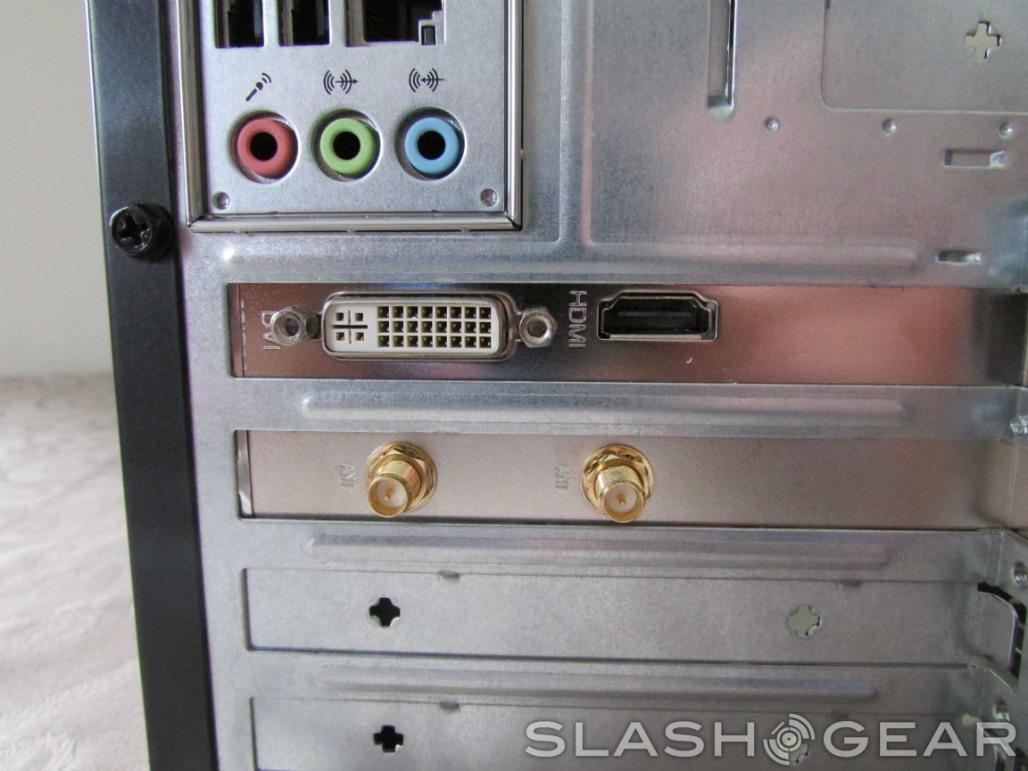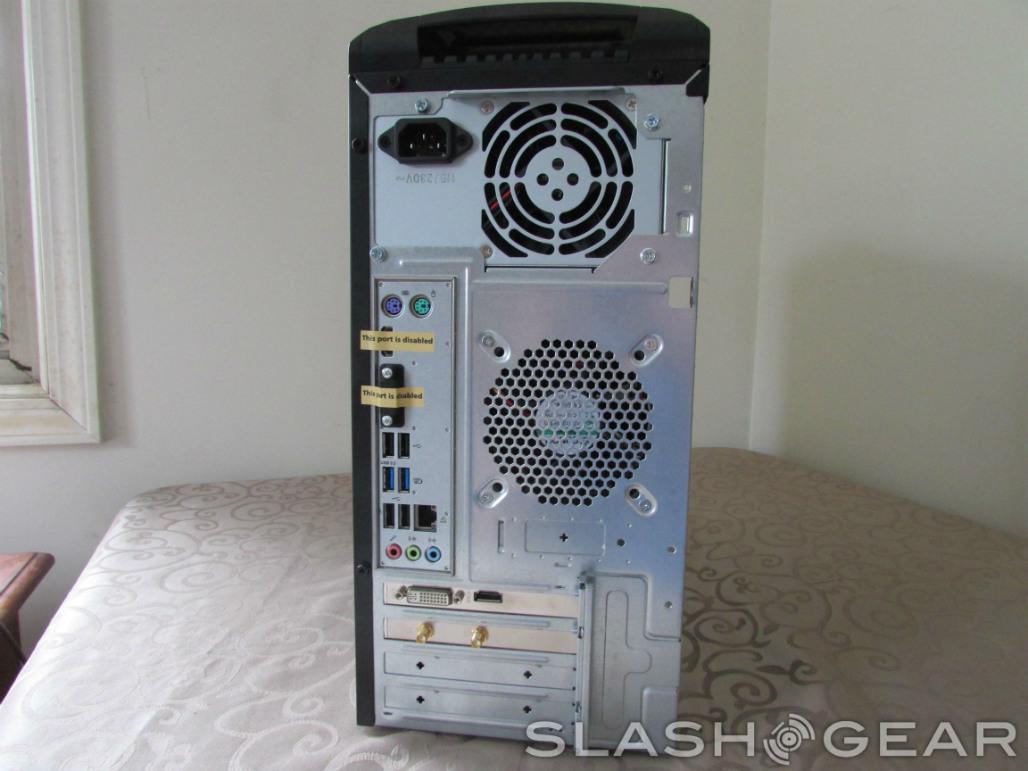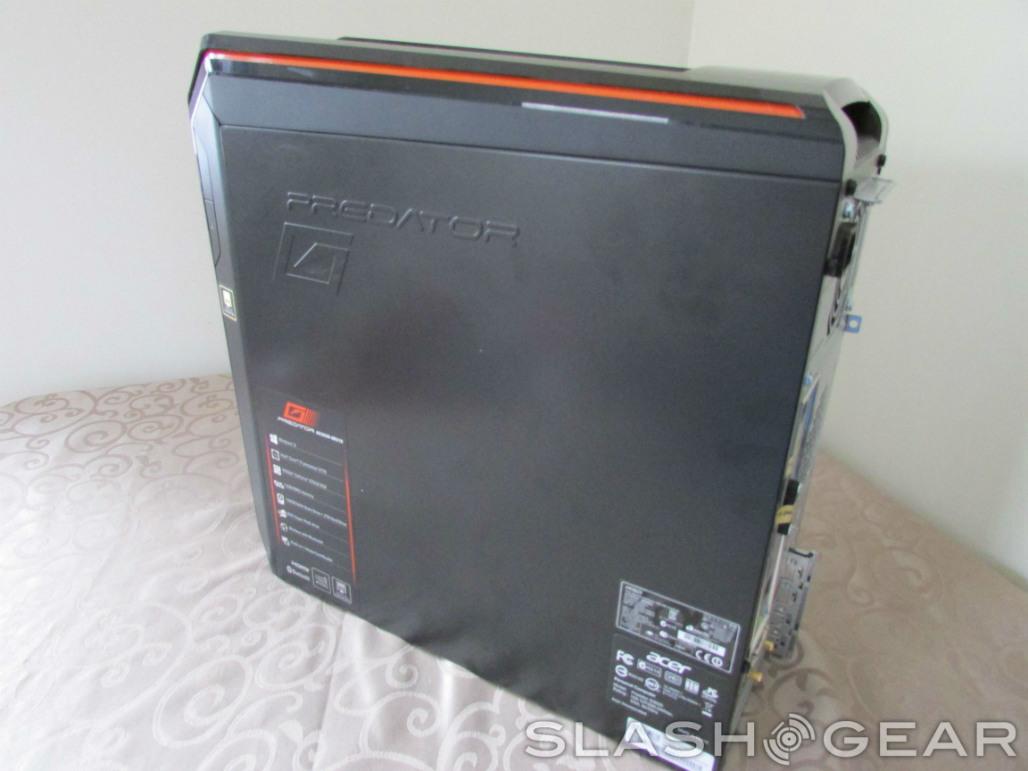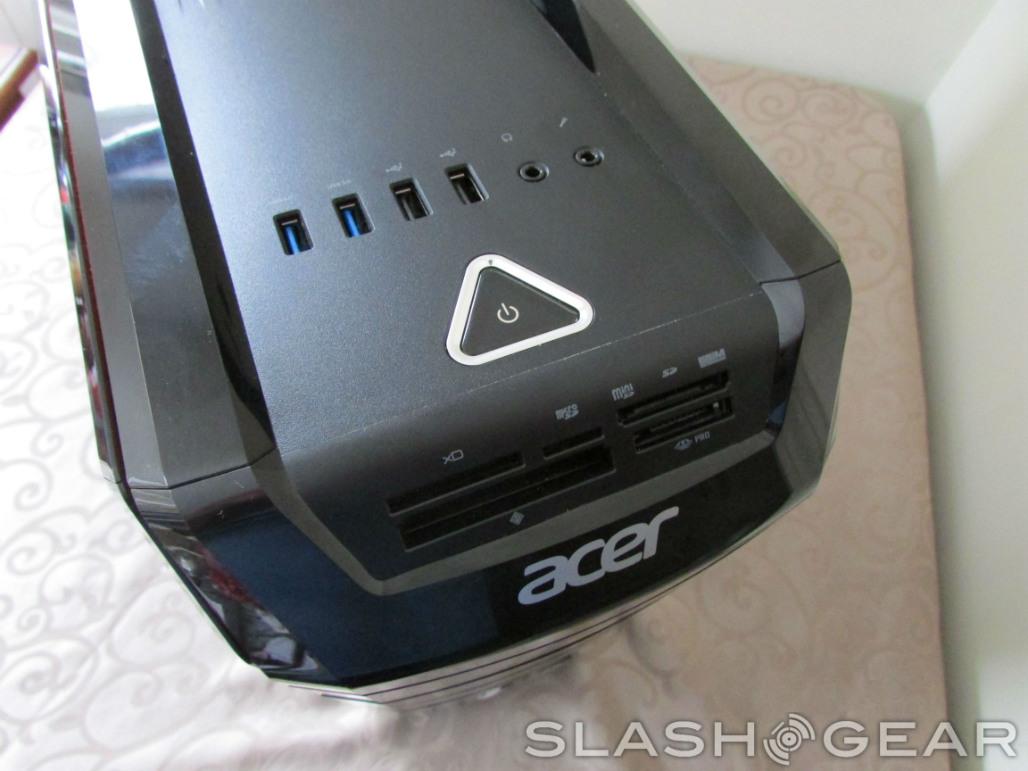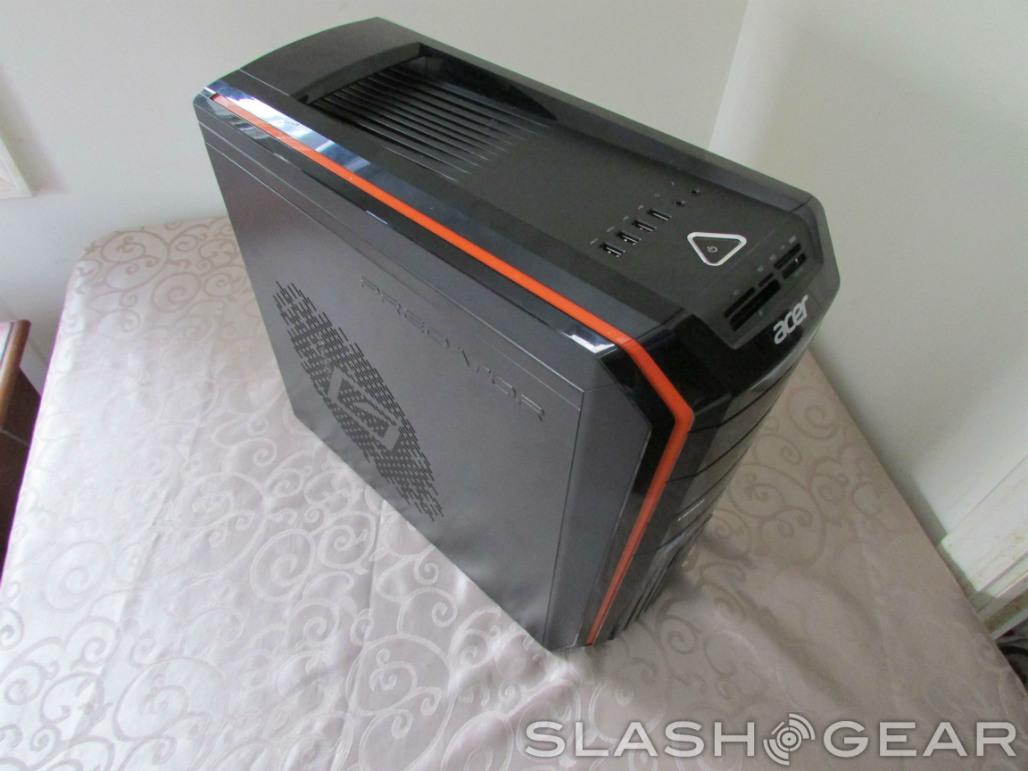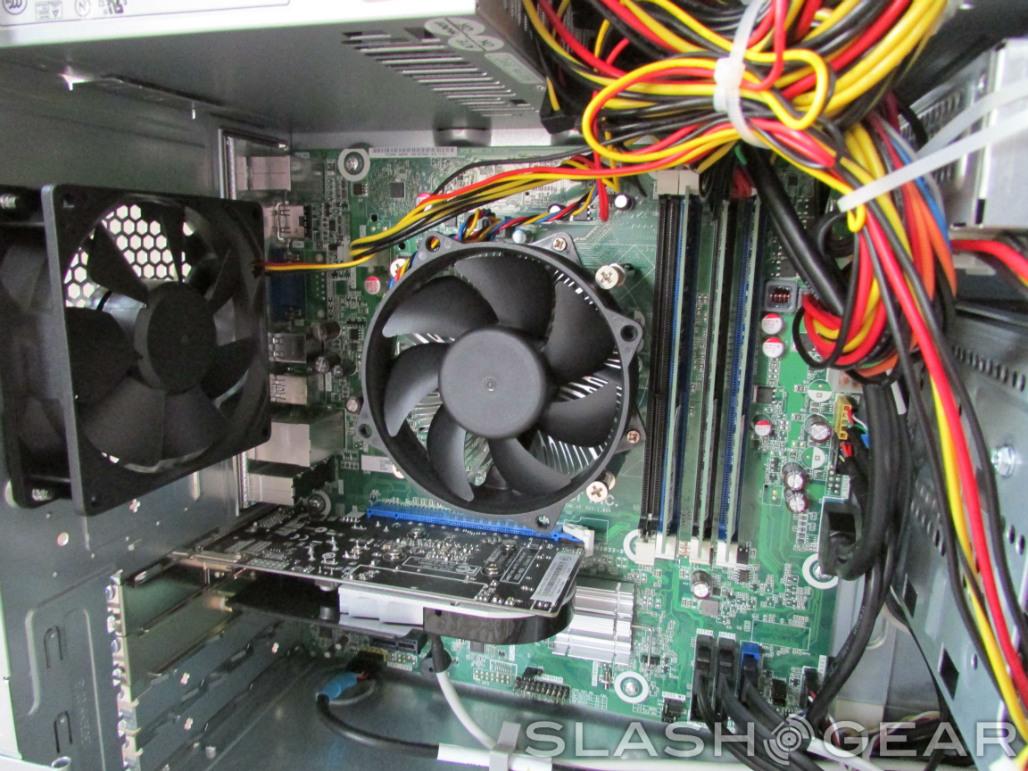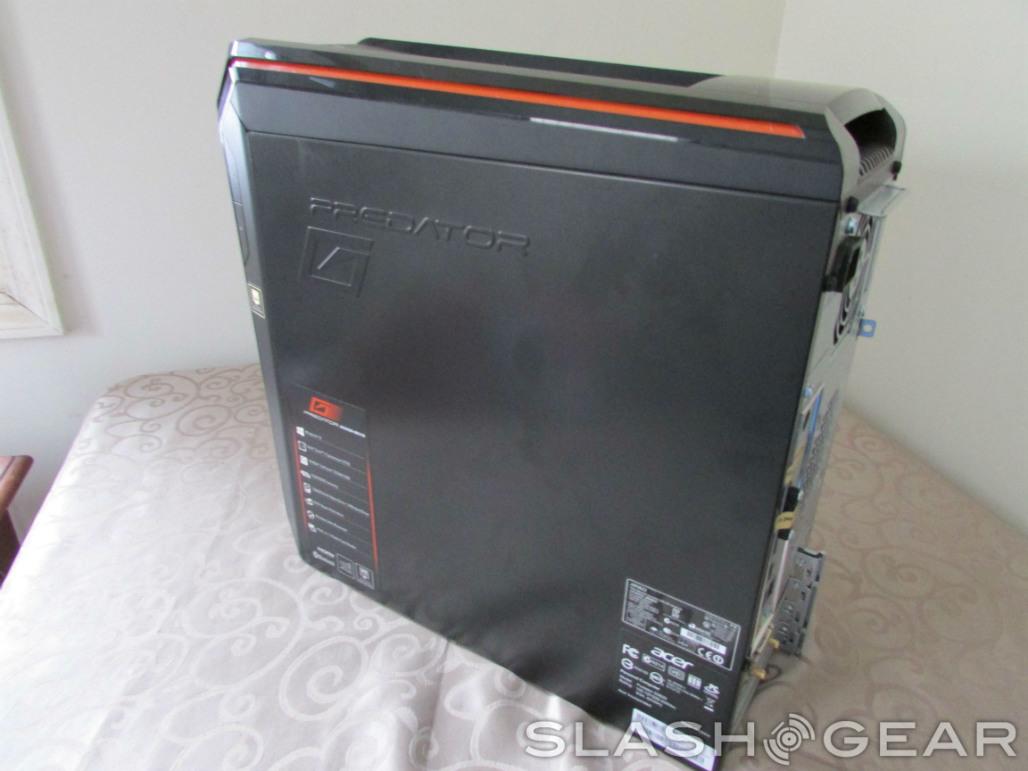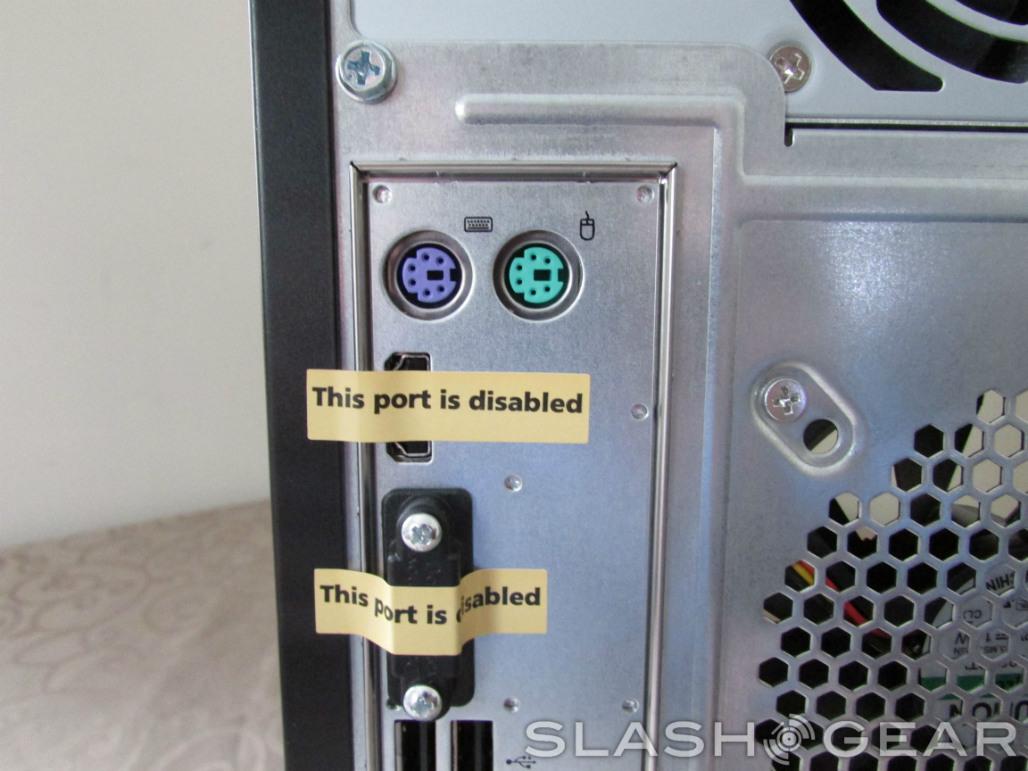Acer Predator AG3620 Review
Today we're going to be taking a look at the new Acer Predator AG3260 gaming PC. While "gaming PC" and "Acer" may not be two terms you immediately associate with one another, Acer has impressed in the past, and is now looking to wow consumers with its Predator G series of computers. In fact, we've reviewed a computer that's quite similar to this one before, only now the Predator is back with Windows 8 and some slightly different hardware. The problem with building a gaming rig is still the same as always, though: PC gamers can be a fickle bunch, with the most hardcore not paying any attention to pre-built machines and instead building their own rigs. That isn't an option for everyone, so can the Predator AG3620 offer enough to be worthy of those gamers' dollars? Read on to find out.
Design
Acer has been putting out some good looking PCs lately, and the Predator AG3620 is no different. The black case has a pair of colored stripes running along the front and the top, with the word "Predator" emblazoned on both sides of the PC. The Predator only sports a mid-size case, which isn't something we're used to seeing in a gaming rig. Normally, full-size cases are the standard, given the large amount of equipment you need to pack into it.
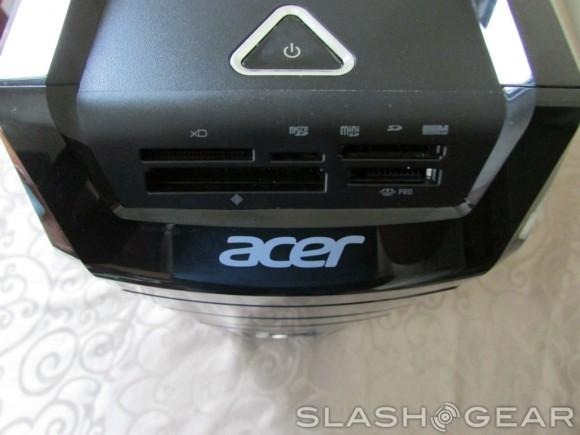
At any rate, that mid-size case makes the Predator smaller than other gaming rigs, meaning it can fit into tighter spaces. It's also surprisingly light for a tower PC – I had no problem lifting and carrying it, though admittedly weight isn't usually an issue for a computer that will spend most of its life in the same place.
On the front is obviously where the DVD drive is, with two more bays for additional expansions in the future. The front-facing ports have all been moved to the top of the tower, with two USB 2.0 ports, two USB 3.0 ports, the headphone jack, and the microphone jack all arranged in a neat little line behind the power button. Speaking of the power button, that's what will draw your attention when you look at the top of the machine, as it's big, red, and triangular – almost like one of those caution signs that warn you of rough driving ahead or other upcoming hazards.
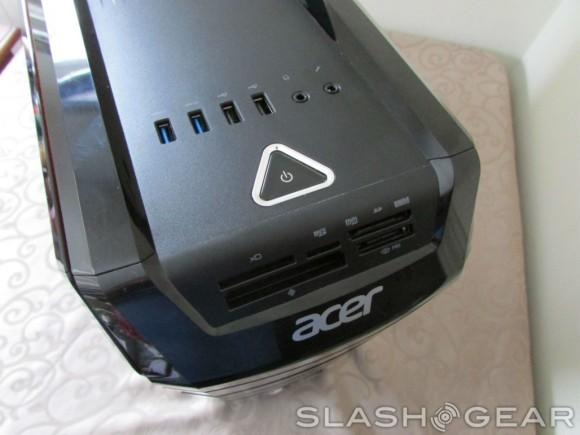
Around the back, you'll find more USB ports. There are six additional USB ports, to be exact, with four more USB 2.0 and two more USB 3.0. There's also VGA and DVI ports, along with two HDMI ports. You've got the standard audio jacks underneath the additional USB ports, jacks for a mouse and keyboard, and an RJ-45 port for 10/100/1000 Gigabit LAN.
Essentially, the ports are what you'd expect from any other gaming rig, though the Predator's case is a bit louder than other PC cases. That isn't a bad thing, as I have to say I like the overall look of the Predator. It may not be big, but it doesn't need to be – all of the computer's hardware fits nicely inside the case, and as I said above, that smaller form factor means it isn't going to take up a lot of room when you get it home. As far as design goes, the Predator AG3260 is a winner.
Hardware
I need to start this section right off by saying that you're not getting the best of the best with the AG3260 in terms of hardware. If you want a rig that's packed with the highest-end equipment, you better start looking elsewhere because the Predator isn't the machine you want. That being said, the Predator is packed with excellent or otherwise good hardware, as any gaming rig should be.
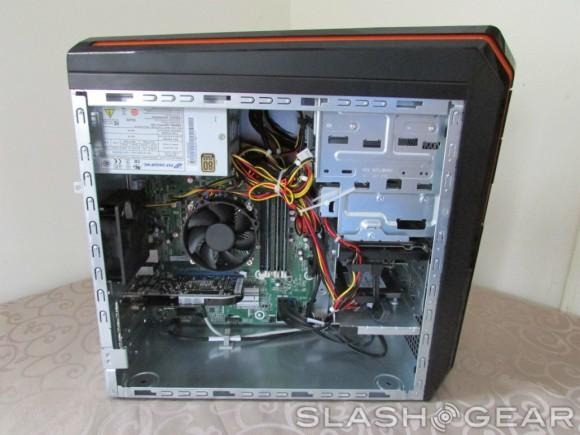
The third-gen Intel Core i7-3370 CPU is definitely the star of this show. Initially it's clocked at 3.4GHz, though the computer can turn that clock speed up to 3.9GHz using Intel's Turbo Boost technology. That may not be necessary when gaming due to the fact that the graphics card will cause a bottleneck, but it's nice to have the option nonetheless. Of course, we expect an Intel Core i7 in a gaming rig – anything less and it couldn't really be considered a gaming rig, after all. Still, it's great to have it along for the ride, and as you'll see a bit later, the Core i7 has no problem posting excellent scores in benchmark tests.
The Predator AG3620 also comes equipped with an NVIDIA GeForce GT630, which definitely isn't the best graphics card NVIDIA has on offer. It's still a relatively powerful GPU, but it would have been nice to see a card that's even slightly more powerful. Don't get me wrong, the GeForce GT630 will do its part to keep visuals looking good, but I feel like it's going to cause some issues with bottlenecking, especially if Turbo Boost cranks the i7 up to 3.9GHz.
You should be set with the 12GB of DDR3 RAM the AG3620 ships with for quite some time, and here's another area that Acer decided to make a few small cuts to save some money. With a lot of pre-built gaming rigs these days, it isn't uncommon to see 16GB of RAM. Truth is, when it comes to gaming, we don't need 16GB of RAM just yet, so 12GB should get the job done. You'll probably need to add a bit more at some point down the road, but for now, there doesn't seem to be anything lost with having 12GB of RAM instead of 16.
[sgbenchmark id=193 show=system]
For internal storage, Acer has paired a 128GB SSD with a 2TB 7200RPM SATA HDD. I have to say that I'm a pretty big fan of the SSD/HDD hybrid setup, and with Windows 8 loaded onto the SSD, boot up and shut down times are sometimes surprisingly fast. Of course, you'll run out of space pretty quickly if you try to pack everything on the SSD, but between that and the HDD, you should have plenty of space for your game library.
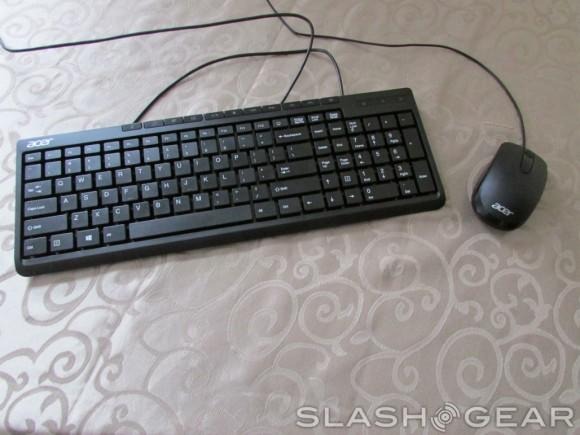
Sadly, you've only got a 16X DVD+R/RW drive, which means no Blu-Ray. That Blu-Ray functionality is definitely missed, considering the Predator AG3620 would be a computer that has no problem playing back HD video, but again, Acer decided to ditch the Blu-Ray drive to keep the price low. You could always swap the DVD drive out for a Blu-Ray drive, however, and since Blu-Ray aren't super expensive these days, it might not be a bad idea to order one alongside your computer. As far as wireless connectivity is concerned, you'll have 802.11a/b/g/n WiFi and Bluetooth 4.0 to look forward to.
While the hardware on the inside generally ranges from good to excellent, the keyboard and mouse don't fall into that stretch. For PC gamers – this computer's target audience – the keyboard and mouse are going to disappoint. Packed in with the Predator is a two-button optical mouse with a scroll wheel, so if you play FPS or MMO games, you'll probably want a mouse with more buttons or adjustable DPI settings.
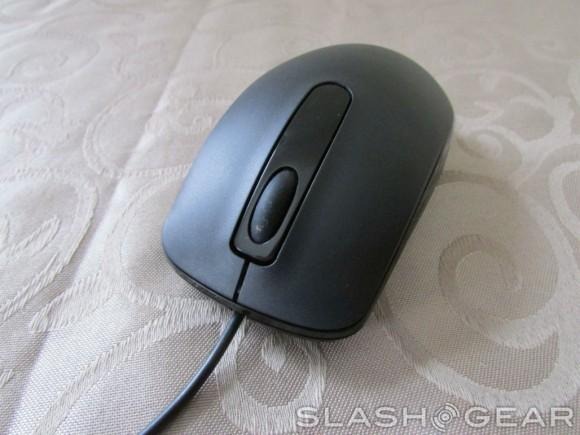
Just the same, you'll probably want to swap the keyboard out for one made specifically for gamers. The keyboard again is standard fare, though I will say that the keys do have an interesting look. They also make a nice clicking sound like mechanical keyboards, but the problem here is that the spacing seems just a little bit off. Maybe it's all in my head, but the keys seem slightly further apart than keys on other keyboards. Whether it's just a personal hang up or not, I was making all kinds of errors while using the keyboard that comes packed with the computer. Hook up your gaming mouse and keyboard instead, because the equipment included with the Predator isn't stuff you want to use for competitive gaming.
Software
The Predator comes running Windows 8 64-bit, which is bound to be a sore point with some gamers. While I don't mind Windows 8, I know there are plenty out there who do. If you don't have a touch monitor, some of the usefulness of Windows 8 will be lost, but all in all, I don't see much of a problem with having the OS on the Predator. At the end of the day, it'll all come down to personal preference.
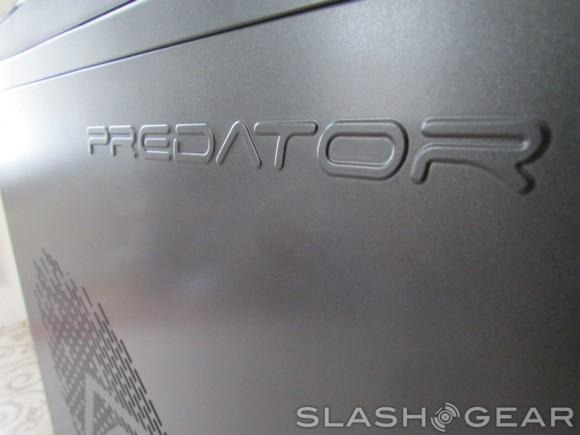
Of course, with Windows 8 on board, you'll have plenty of Microsoft's apps from the start. This line up includes Internet Explorer, which I suggest you skip altogether, along with standard Windows 8 apps like People, Weather, News, Maps, and SkyDrive. All of the pre-installed Windows 8 apps vary in usefulness, but one of the main draws of the OS is that you can use the Store to download new apps for your start screen.
Acer has also included some pre-installed apps of its choosing, with Cut the Rope, Acer Explorer, Evernote, and Kindle present from the start. Both Hulu Plus and Netflix come pre-installed on the Predator, so if you have accounts with either of those streaming services, you can begin using them right away without the need for a download. McAfee is there to annoy you from the very first time you start up your computer, while Amazon and eBay also come pre-installed, giving online shoppers to portals to jump in immediately.
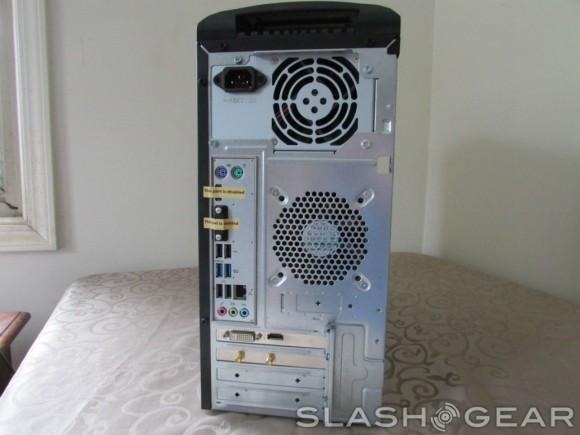
Others, like AcerCloud and Spotify will be appreciated by some users, but most will probably want to do a little bit of clean up once they get their Predator out of the box. Everything on the computer seems to be installed on the SSD, so deleting the apps you don't want becomes even more important. Keep in mind, though, that you'll have 1.79TB of free storage on the HDD, so you've got plenty of extra space to go a little crazy with your downloads.
Gaming and Benchmarks
After describing the hardware that's in this rig, most PC enthusiasts already know what the benchmark results are going to say. In Geekbench, the Predator netted a score of 16152 – we've seen gaming computers score much higher than that, but the Predator's score shows that its still a reasonably powerful machine. Similarly, in Cinebench the computer took home an OpenGL framerate of 26.72 fps while the CPU test awarded a score 7.44.
[sgbenchmark id=193 show=score]
These results say the same thing: while the Predator isn't the most powerful computer on the block, it still has some solid hardware working under the hood. That will ultimately get gamers who care first and foremost about gorgeous visuals without thinking about cost to turn the other way. However, for gamers who can settle for a decently powerful rig in exchange for a lower price point, the Predator probably isn't going to disappoint.
Gaming seems to be a matter of compromise sometimes. Do you want games to run at 60 frames per second, or do you want to crank all of the graphics features up as high as they go? On most modern games, you won't be able to do both, but you will be able to find a happy medium. In Skyrim, for instance, turning all of the graphics settings to ultra (which includes 16x antisotropic filtering and 8x antialiasing) and setting the resolution to 1080p produces a frame rate that rarely leaves the teens. At this point, the game is still playable, but stutters and slowdowns quickly wear on the nerves.
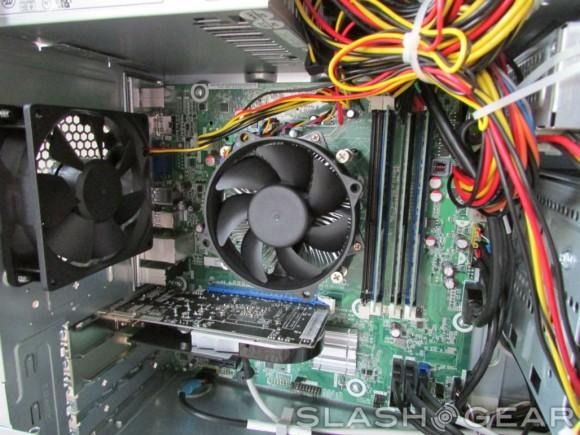
On the other hand, by flipping the switch from ultra to high – which brings antisotropic filtering down to 8 samples – we get better results. At these settings, the game runs right around 30 frames per second, sometimes dropping below that point when you're in outdoor areas with a lot to see, and other times rising above when you're indoors. That isn't bad, considering that most console games run at 30 frames per second. The difference here is that on high settings, Skyrim looks much better than its console counterpart. If you can accept console-quality frame rate, you'll still get a good looking experience.
The same is true for Batman: Arkham City. Bringing the resolution up to 1080p, turning FXAA to high, switching the detail level to very high, and turning on most of the eye candy features like dynamic shadows and reflection, we get right around 30 frames per second in-game. The frame rate will sometimes fluctuate between 25 and 30 fps, less frequently dropping down below 25, but almost never going below 20. Some may not like hearing that, but for me, the frame rate wasn't really an issue. It should be noted, however, that DirectX 11 features and tessellation had to be turned off to get that frame rate, so that may be a sacrifice some players aren't willing to make.
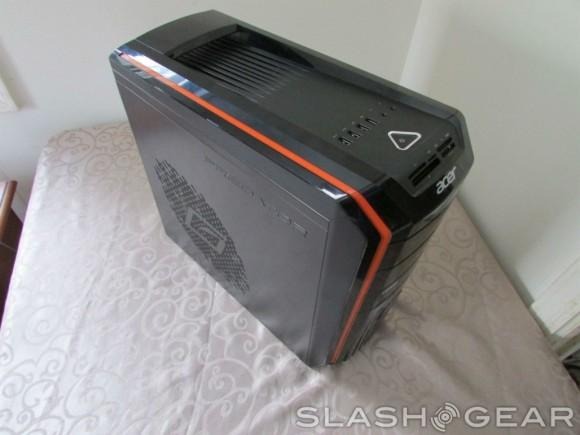
Unfortunately, if we move up to more recent games, the Predator begins struggling a bit. By playing Far Cry 3 with DirectX 9 and medium settings across the board, we get a frame rate that likes to linger in the low teens. There are times when it will jump up into the toward the 20s, but a low frame rate like that might turn some gamers off. Ultimately, the GeForce GT630 had some issues with Far Cry 3, but then again, titles like Ubisoft's latest demand some serious hardware before you can get excellent visuals at an acceptable frame rate.
Wrap-Up
In many ways, I'm torn when it comes time to decide whether or not the Predator AG3620 deserves a recommendation. It's true that the computer struggled with Far Cry 3, but with Arkham City and Skyrim, the results were pretty good. The fact that you can find the Predator AG3620 for around $1000 helps sweeten the deal quite a bit, but at that point, you might be better off spending a little bit more in return for a better GPU.
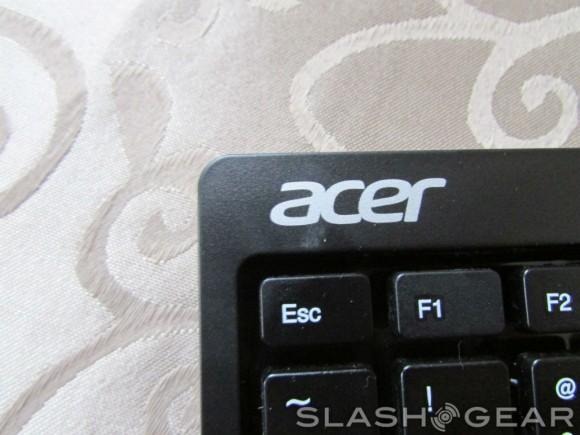
As it is, the Predator is a capable gaming rig, it just isn't exceptional. It may be worth a purchase for gamers who want a solid gaming PC foundation and won't mind upgrading their graphics card in a year or so. All the same, if you don't mind giving the most graphics-intensive games a pass (or, alternatively, are willing to put up with playing them at low or medium settings), then the Predator is a decent, relatively inexpensive choice.
If you're a PC gamer primarily for the amazing graphics that are achievable, it's probably best to look elsewhere. Naturally, if it's top-tier graphics quality you want, you'll probably be building your own rig, and the Predator was never targeted at you in the first place. In the end, if you're the type who thinks that graphics aren't everything, or you're looking for a somewhat cheap way of giving the PC gaming world a spin, the Predator may be worthy of consideration – but only if you're willing to make some compromises.

